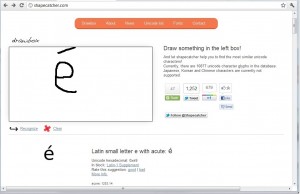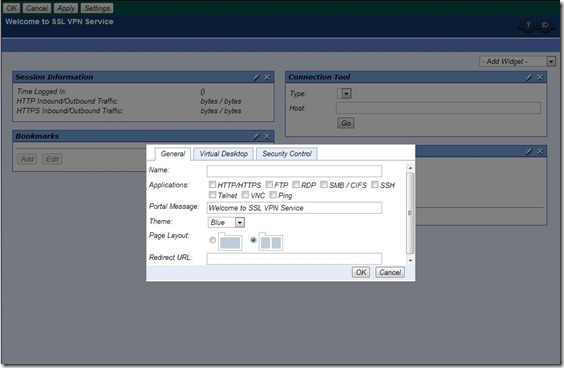If Kaspersky is installed with Outlook already open and running it may cause issues with the Anti-Spam/Virus functions.
The following error may be encountered at when Outllook is launched and when the user views an email.
“The Add-in "Kaspersky Mail Checker" (C:\Program Files\Kaspersky Lab\Kaspersky Anti-Virus 7.0\mcou.dll) cannot be loaded and has been disabled by Outlook. Please contact the Add-in manufacturer for an update. If not update is available, please uninstall the Add-in.”
Solution provided by Kaspersky at the following:
http://support.kaspersky.com/kolt/?eid=207694005
“
1. Close Microsoft Outlook.
2. Go to Start > Run
3. in the open window enter
regsvr32 -u <"full_path_to_Anti-Virus_setup_folder>\mcou.dll".
For example, for the application Kaspersky Internet Security 6.0, installed to the setup folder the path will look the following way: regsvr32 -u "C:\Program Files\Kaspersky Lab\Kaspersky Internet Security 6.0\mcou.dll".
4. Click OK.
5. Open the same window and enter
regsvr32 <"full_path_to_Anti-Virus_setup_folder>\mcou.dll"
Unlike the previous line the “-u” parameter is missing in this line.
6. Click OK.
“

